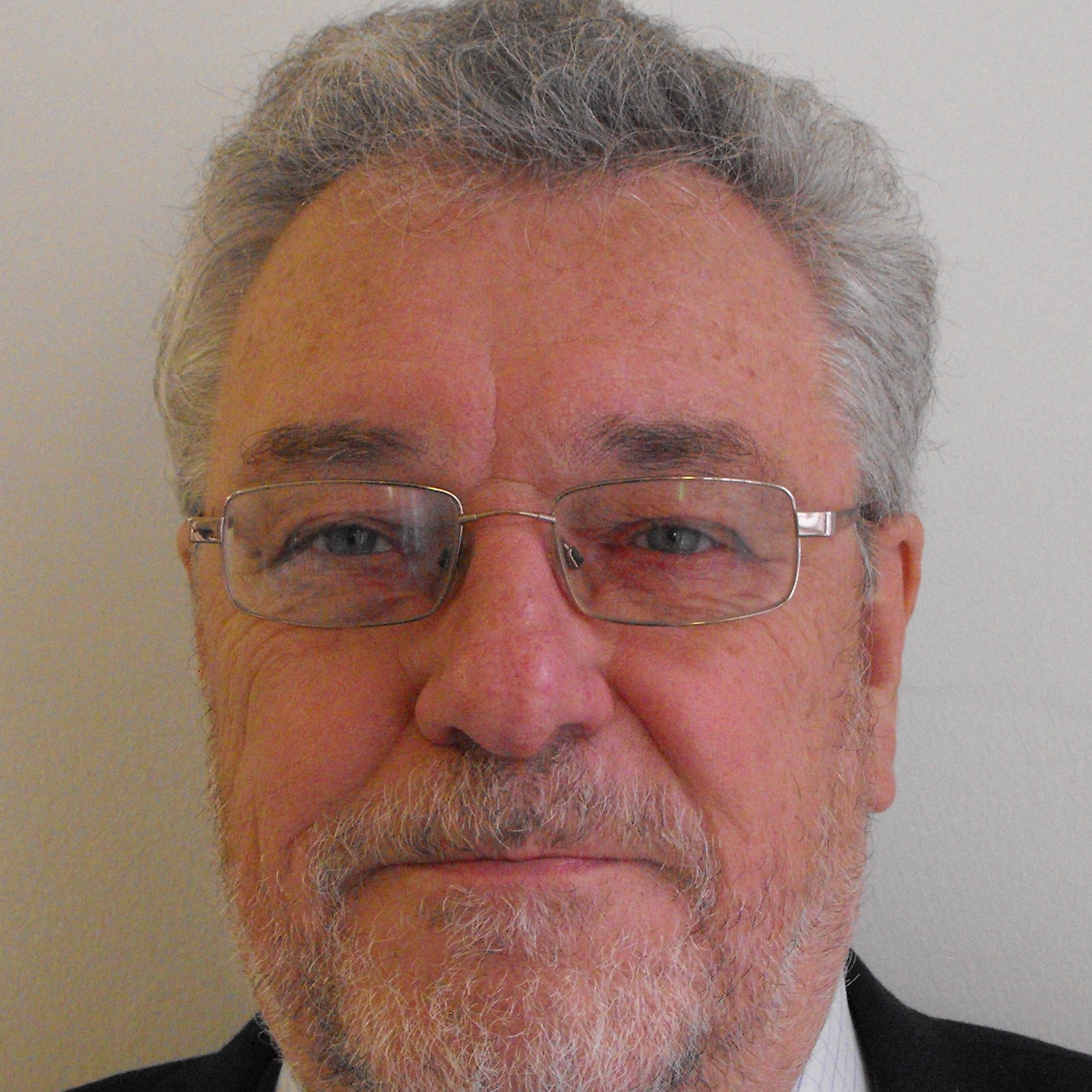Impacts of AirBnB regulation in New York
New York has long been a money spinner for AirBnB. In January 2023 there were 38,500 listings. As…
New York has long been a money spinner for AirBnB. In January 2023 there were 38,500 listings. As…
In 2010 the Commonwealth Association of Planners held its first Student Essay competition. The winners were Jeremiah Atho…
Ken Loach’s film, Kes, was released in 1969. What does it tell us about life in a coalfield…

Cliff is a freelance consultant, researcher, author and trainer. He was the Chair of the Cockburn Association 2016 – 2023.
He is Professor Emeritus of Planning and Spatial Development at Heriot-Watt University in Edinburgh.
He is a Past President of the Royal Town Planning Institute, and of the Commonwealth Association of Planners.
He is a past Chair of Built Environment Forum Scotland.
He was awarded the O.B.E. in the 2016 Birthday Honours.
Like many planners I am a fan of the movies, and especially fascinated by films where place is central to the narrative. Over the weekend I was lucky enough to see not one, but two films about cities. They have a lot of similarities but also many differences. They areFellini’s Roma and Terence Davies’ reflections on…
This is my third blog from the 10th World Urban Forum in Abu Dhabi in February 2020. Today has not been a disaster! Far from it, there have been some really good stories to hear at the World Urban Forum. But I want to put the theme of disasters at the heart of this blog.…
In 2013 I helped RTPI construct a timeline to tell the story of planning 1914-2014 for their centenary year. Inevitably the focus was on the Institute itself and events in the UK. However, it set me wondering what a “World View” of planning over that 100 years might look like? If you had to nominate…
Posted May 6, 2014 by cliffhague Share Will the UN adopt a post-2015 Sustainable Development Goal addressing urbanisation and human settlements? The draft for the new goals will be agreed early in June, before going to the UN General Assembly for what is expected to be formal endorsement. Thus this month is crucial, and planners, other construction professions, urban…
My column in Planning in 1987, has a contemporary feel in 2020 as issues of mass unemployment and Council cuts come to the fore once again. A Director of Planning post left unfilled to save money. Doing away with planning. Why I gave up on RTPI Council. The interplay of place and class in labour markets. This…
This first Guest Blog is contributed by Emeritus Professor Klaus Kunzmann from the Technical University of Dortmund. He is an Honourary Member of the RTPI and internationally renowned for his contributions to planning education, research and practice. His blog probes the idea of “regional design”. In times of market-led neo-liberal policies regional planning has lost…
This blog was first posted on the Planning Resource website on 11 July 2011. A third of the world’s people are on the move, says Billy Cobbett, the Manager of Cities Alliance. Addressing the World Planning Schools Congress in Perth, Western Australia, Mr. Cobbett called for planners to transform the current wave of urbanisation into a sustainable…
This blog was first posted on the Planning Resource website on 24 April 2012. Scenario planning tools are increasingly being used in North America as means of community engagement. The state of the art is reviewed in a new publication that attracted attention at the recent American Planning Association conference in Los Angeles. The development of web-based GIS and…
A new publication that can be downloaded for free sets guidelines for how to plan and manage metropolitan development. Unpacking Metropolitan Governance for Sustainable Development argues that new governance structures are needed in metropolitan areas. It looks at at how and why metropolitan regions work – or not – and how effective metropolitan governance can be…
This blog was first posted on the planning resource website on 3 July 2011. Share Janet Strachan (Commonwealth Secretariat) hears about planning education in Ghana from Dr. Inkoom, while Dr. Lauence Carmichael from University of the West of England swops notes with Dr.Alias Abdullah of Malaysia’s International Islamic University The Maldive Islands: annual increase in…